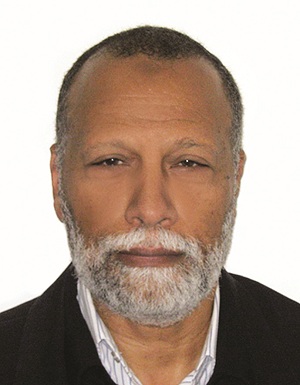NSW Education gets smart with digital record-keeping

When it comes to Electronic Document and Records Management for the Australian Government, it does not get any bigger than this.
The NSW Department of Education and Communities is underway with a mammoth task to switch what is the largest single organisation in Australia (public or private) over from paper to digital recordkeeping.
The project commenced after DEC senior management decided that the current internal practices in information management are unsustainable given the volume of information being managed both physical and digital.
Digital storage has grown from 22 Terabytes in 2006, to 75 Terabytes in 2007, and is expected to reach 1500 Terabytes (1.5 Petabytes) by 2012
The EDRMS adoption also aimed to secure substantial cost savings for storing paper records off-site and on-site. This included some 22km of off-site storage at the Government Records Repository (GRR) and other commercial storage providers, costing over $800,000 per year. DEC's on-site storage was estimated in 2009 to cost $6M a year.
If the current status quo was to continue, DEC identified the major potential risks as loss of corporate knowledge, loss of accountability, loss of management control, increased productivity costs, including re-creation costs, service inefficiencies, even a risk of loss of client confidence (public, business & students).
Implementation of the EDRMS began by focussing on high-risk business areas, namely Human Resources, Legal Directorate and Student Services.
As of June 2013 these high risk business areas in which digital records must be captured are in digital recordkeeping systems that comply with NSW Govt standard on digital recordkeeping .
An EDRMS Centre of Excellence (CoE) was established to advise and assists DEC business units on how to adopt to EDRMS, achieving records compliance and best practice.
An EDRMS Community of Practice (CoP) encourages collaboration and sharing of knowledge while marketing materials were developed to help communicate the plan. .
The EDRMS rollout commenced in 2009 with a pilot deployment of HP TRIM to 600 staff members representing business areas across regions, institutes, metropolitan different size and in various locations in the former Department of Education. It is now scheduled to reach over 15,000 staff across the state by 2014.
The NSW Government combined the Department of Education and Training with Children's Services and Communities NSW to create the Department of Education and Communities in 2011.
Abdalla Eissa, Leader Information and Records Management, at the Department of Education and Communities, said the pilot deployment had been useful in identifying the need for a training strategy, change management strategy, infrastructure study and also heightened the need for business information mapping.
"We also discovered some areas where staff were placing email in TRIM but then also printing the email and filing it as a paper document. Habits are hard to change, but eliminating just that duplication is in itself a major efficiency gain," said Eissa.
"Human Resources in Education is so hungry for paper with the large volume of forms that must be submitted by staff along with so many forms from students.
"We now find that 80% of the records managed in TRIM are digital. It has been a major transition from paper and shared drives"

Abdalla Eissa, Leader Information and Records Management, at the NSW Department of Education and Communities.
The Department is migrating many forms from paper to Smart PDFs, but there is still a large requirement for document capture.
To handle this workload for DEC HR communities a centralised scanning facility was established at the Department's Blacktown headquarters with 10 large production scanners in 2010.
Production scanners have also been deployed at four other locations: Wollongong, Bathurst, Newcastle and Blacktown.
Trapeze software is utilized for automatic data capture and forms recognition and processing with intelligent OCR and ICR. DEC uses SAP along with many other line of business applications, some of which are already integrated to TRIM and use OCR. .
"When we started to apply our Maturity module, we found many business areas with low knowledge of records management and limited use of TRIM. Training and change management for EDRMS played a major part in bringing them up to speed and improving their records management and business practices overall," said Eissa.
"Many business areas had concerns before they started using EDRMS eg what will happen when the system goes down?, will they be able to find what they are looking for?, will EDRMS make their work easier or more difficult ?
"But their response to EDRMS once they have got used to it has been universally positive.
"Some local offices lack the same infrastructure as the corporate offices of DEC which can make managing change more difficult
"As we are moving away gradually from the print & file model to full digital environment of recordkeeping, we advised business units that paper records already captured will remain in paper format until the life cycle of these records come to an end and gets destroyed.
"More than 80% of records are now stored digitally in TRIM and new paper records are kept for a maximum of six months and then destroyed.
"We are preaching that the authoritative documents should always be captured and maintained in TRIM and it represent the only source of truth."
Aging electronic records are one of the major challenges for DEC's IT department, by introducing EDRMS it is hoped these digital records will be migrated to the recordkeeping system where retention and classification will be applied, and the application of the life cycle of will lead to their eventual disposal.
Traffic of large documents across the network is being reduced as TRIM usage grows and links are being sent instead of attachments. Abdalla Eissa will be presenting a Progress report on the switch over from paper to digital record-keeping at the EDRMS for the Australian Government forum on August 21 2013 at Rydges Hotel, Canberra. http://www.arkgroupaustralia.com.au/Events-E068EDRMGovernment.htm
